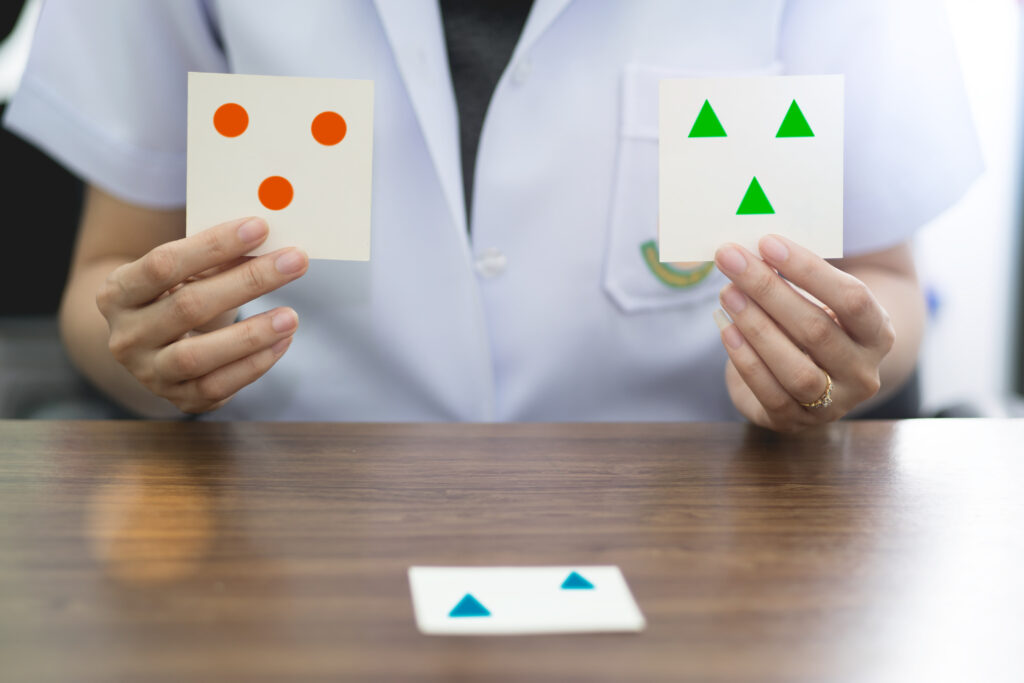Memory Mosaics: Collage Art Piecing Together a Life Rich in Stories
Imagine a life where every moment, every memory, and every story is woven together into a beautiful tapestry of images. This is what collage art, particularly in the form of memory mosaics, offers—a way to visually represent the complexities of our experiences and emotions. By combining multiple photographs or images into a single composition, collage artists create a narrative that is both personal and universal.
## The Art of Collage
Collage art has its roots in the French word “coller,” meaning “to glue.” It involves physically or digitally combining different elements to create a new whole. In the context of memory mosaics, this technique allows artists to capture the essence of their memories and emotions by piecing together fragments of their past. Each image in the collage contributes to a larger story, much like how our memories are interconnected and influence our understanding of ourselves and the world around us.
## David Hockney’s Joiners
One of the pioneers in using collage-like techniques in photography is David Hockney. His “joiners” are a series of works where he combines multiple photographs to create a single, cohesive image. This method challenges traditional perspectives by presenting a scene from multiple viewpoints, reflecting how we perceive the world in a fluid and multifaceted way. Hockney’s work inspires artists to explore new ways of storytelling through visual art.
## Therapeutic Benefits of Mosaic Art
Mosaic art, similar to collage, has therapeutic benefits. It allows individuals to express emotions and experiences that might be difficult to verbalize. By creating a mosaic or collage, people can externalize their feelings, making them more tangible and manageable. This process can be particularly helpful in dealing with grief, anger, or shame, as it provides a creative outlet for processing complex emotions.
## Creating Memory Mosaics
To create a memory mosaic, you can start by gathering photographs or images that hold personal significance. These could be pictures from special events, places you’ve visited, or moments with loved ones. Once you have your images, you can arrange them in a way that tells a story or evokes a particular emotion. You might choose a structured grid pattern or a more freeform arrangement, depending on the narrative you want to convey.
## Conclusion
Memory mosaics are more than just a form of art; they are a way to preserve memories and share stories. By piecing together fragments of our lives, we create a visual representation of our experiences that can be both deeply personal and universally relatable. Whether you’re an artist or simply someone looking to express yourself creatively, memory mosaics offer a powerful tool for capturing the richness and complexity of life’s stories.



